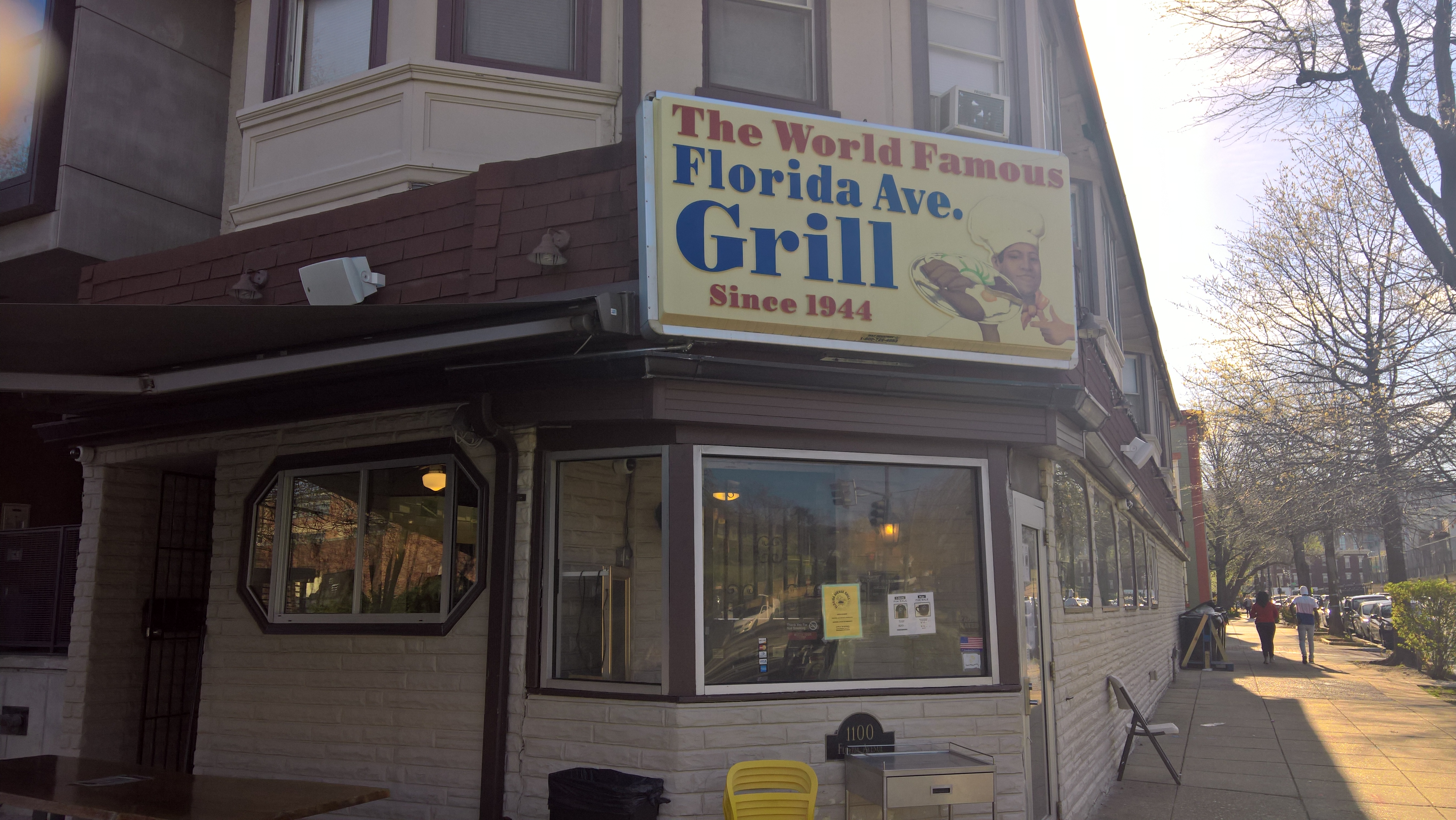Seattle 1972 (Elaine Tarone Recordings)

The Seattle 1972 recordings were made by Dr. Elaine Tarone for her dissertation work in 1972, where she analyzed the intonation patterns of African American and European American speakers from Seattle. Her dissertation and subsequent 1973 American Speech article represent some of earliest systematic studies comparing these intonation patterns in conversation.
Charlie Farrington contacted Dr. Tarone in 2017 to see if she'd be interested in including these recordings on ORAAL for future researchers. She sent the tapes to North Carolina State University and they were digitized by Frankie Pennington (of the NCSU Linguistics Lab) in January 2018.
In her dissertation, Dr. Tarone provides partial transcriptions of each of the recordings. She also provides information about the participants and recordings. All names mentioned in her dissertation and subsequent work were changed to protect their privacy. Although Dr. Tarone was the primary investigator and was well known to participants, she did not participate in any of the sessions. Ms. Eve Wilson, a Black female from the area, was the "discussion instigator", with support from Charles Waterford.
"The first group of subjects was a group of adolescents (aged 16 to 20 years) who live in a predominately Black area of Seattle, and who participate in street culture in that area. [...] In the recording sessions at the Black community center, there were four males and three females participating in the discussion. All were Black, and all were speakers of Black English. Additionally, Charles Waterford, the director of the center, participated in some of these discussions, using vernacular Black English as well." (Tarone 1972: 52-53).
"The second group of subjects was a group of young people aged 16 to 24 years, who live in a predominately White area of Seattle, and who participate in the adolescent street culture of that area. [...] In the recording sessions at the alternative school, there were four males and four females participating in the discussion. All of the transcribed utterances were of White speakers; although Black speakers were present and took part in the discussion, their utterances were considered to be influenced by Black English features and so were not included among the data to be analyzed." (Tarone 1972: 53-54).
"In order to complete the second part of the study, Charles Waterford was interviewed in a relatively formal and stilted situation, in order to obtain a sample of his formal speaking style. Mr. Waterford is thirty years old, he was born in an Eastern inner city and participated fully in the street culture there. Since that time, he has been in the Navy and worked in a variety of white collar jobs. At present, he directs the community center in a Black area of Seattle. His job requires an ability to "code-switch" in communicating both with adolescents in the Black street culture, and with adults in the White middle-class community and in the Seattle City Hall who support the center in various ways." (Tarone 1972: 54).
Each session is described in detail in Tarone (1972:62-66).
The follow table was prepared by Chloe Tacata and Charlie Farrington to provide users with detailed notes about the recordings. Recordings are unedited from the original transfers. The transcripts are initial drafts/first passes. The recordings were subsequently transcribed in Praat by Chloe Tacata and Charlie Farrington and prepared for upload by Charlie Farrington. Transcripts are provided in Praat (.TextGrid) format only.
| Recording | Variety | Session and Page numbers (from Tarone 1972) | Speakers included | Length (minutes) | Recording and Transcript Notes |
|---|---|---|---|---|---|
| N/A | Black English | Session 1 (126-164) | N/A | N/A | Recording not available |
| sea_be_s2 | Black English | Session 2 (165-186) | Waterford, Coolidge, Bert | 26:28 | Transcribed between 390-1341 seconds |
| sea_be_s3 | Black English | Session 3 (187-196) | Eve, Rosita, Coolidge | 67:15 | Not currently transcribed |
| sea_be_s4 | Black English | Session 4: Formal Interview (197-212) | Charles Waterford, Eve | 13:00 | Transcribed between 5-534 seconds |
| N/A | White English | Session 1 (214-224) | N/A | N/A | Recording not available |
| sea_we_2a | White English | Session 2 (225-255) | Connie, Rae, Nadine, Jerry, Paul, Dick, Tom, Nina, "K" | 29:40 | Part 1 of Session 2. Transcribed between 27-1789 seconds |
| sea_we_2b | White English | Session 2 (225-255) | Connie, Rae, Nadine, Jerry, Paul, Dick, Tom, Nina, Charles Waterford, at least two other speakers | 29:36 | Part 2 of Session 2. Transcribed between 6-1776 seconds |
Citation
If you use these recordings, we ask that you cite the following:
Kendall, Tyler and Charlie Farrington. 2020. The Corpus of Regional African American Language. Eugene, OR: The Online Resources for African American Language Project. [https://doi.org/10.7264/1ad5-6t35].
Tarone, Elaine. 1972. Aspects of intonation in vernacular White and Black English speech. Ph.D. dissertation. University of Washington. <https://eric.ed.gov/?id=ED091923>
